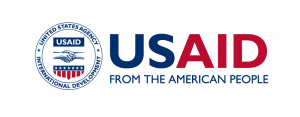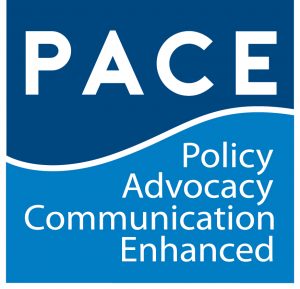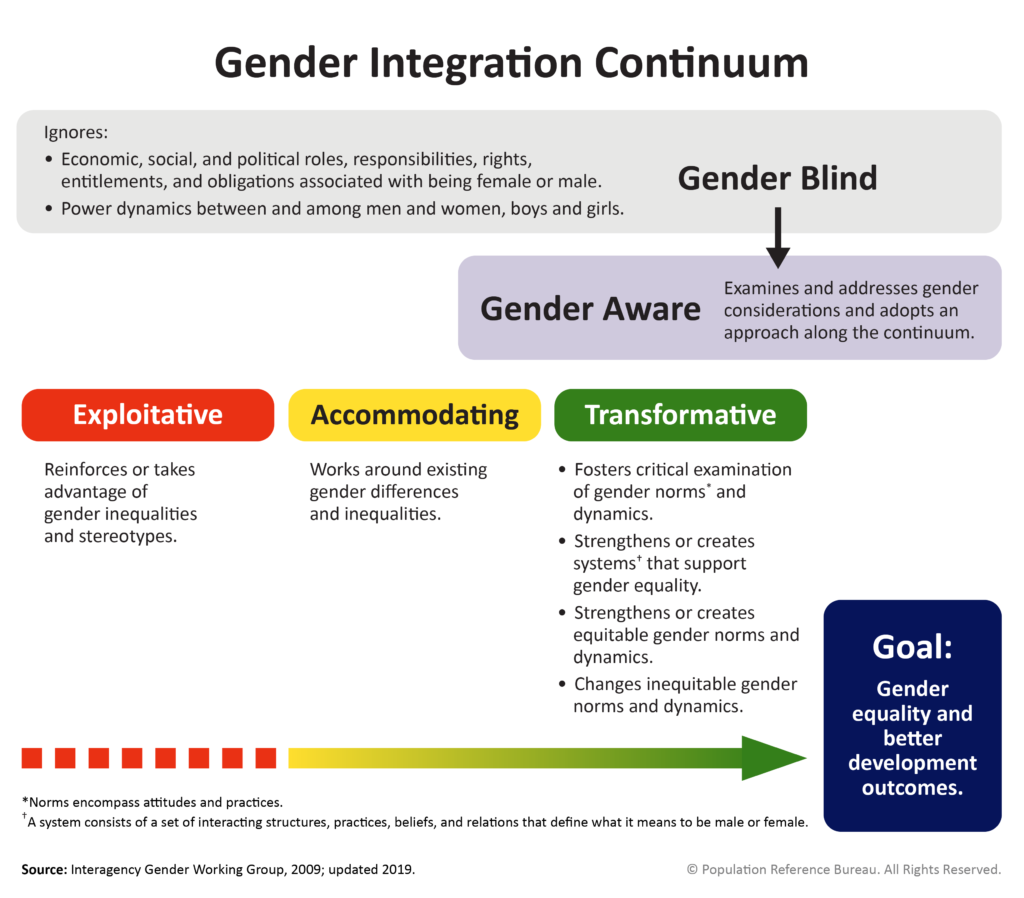International agreements have long recognized the positive role that men can play in family planning and reproductive health. Declarations, such as the Programme of Action adopted at the 1994 International Conference on Population and Development, called for increased engagement of men to share the responsibility for family planning and reproductive health with women.
In many countries, men have dominated household decisionmaking around family size, contraception, and access to or use of health services. This has furthered harmful gender inequities and left women unable to make family planning decisions or access services without their male partners’ permission or financial support. Engaging men as supportive partners can lead to improvements in couple decisionmaking and better health outcomes for men, women, and their families. We are missing a significant opportunity for potential work and impact by ignoring men as contraceptive users and supportive partners.
This slide deck, funded by USAID through the Policy, Advocacy, and Communication Enhanced for Population and Reproductive Health (PACE) Project, consists of 57 data-driven slides that can be used by advocates, program planners, and funders, to make the case for engaging boys and men in family planning. The presentation includes a discussion of men and women’s ideal family size, men’s current use of and beliefs about contraception, advantages to men of being involved in family planning, and multiple barriers and challenges that keep men and boys from accessing and receiving the reproductive health information and care they need. Additional sections include a focus on adolescents, case studies that highlight interventions in developing countries, and an in-depth look at vasectomy, one of the few male-focused contraceptive options.
Note to Users: The slide deck was intentionally designed so that presenters can select among the various sections and 57 slides. You may want to use specific sections or fewer slides for emphasizing relevant points, depending on the audience and the message to be conveyed. Due to the file size of the presentation, the PowerPoint will be directly downloaded onto your computer. Please check your recent downloads folder on your file explorer or internet browser.





